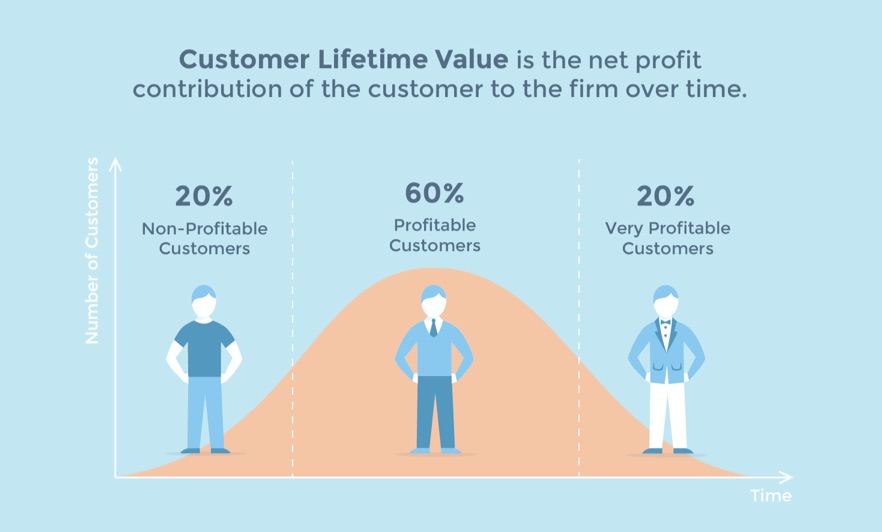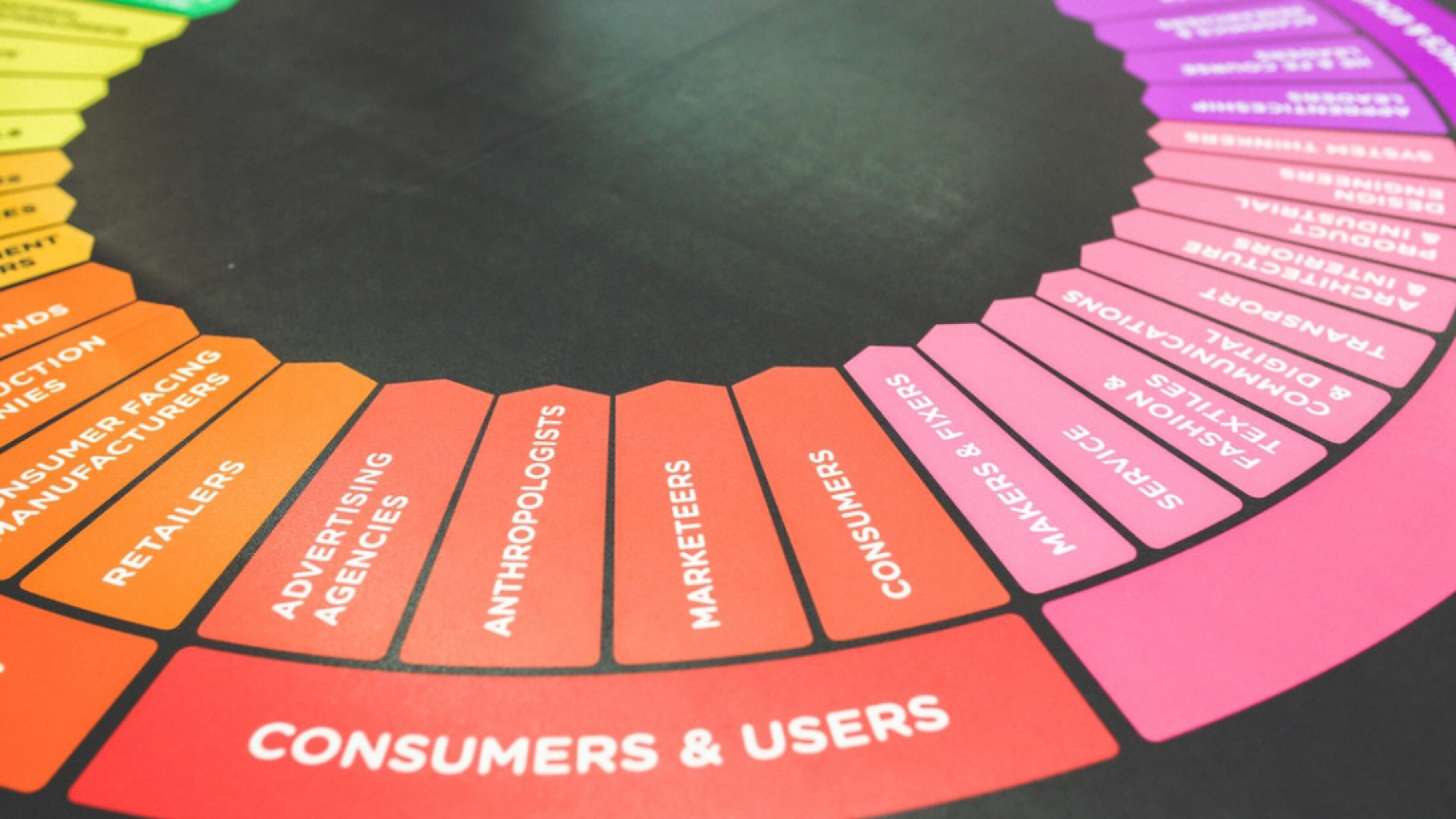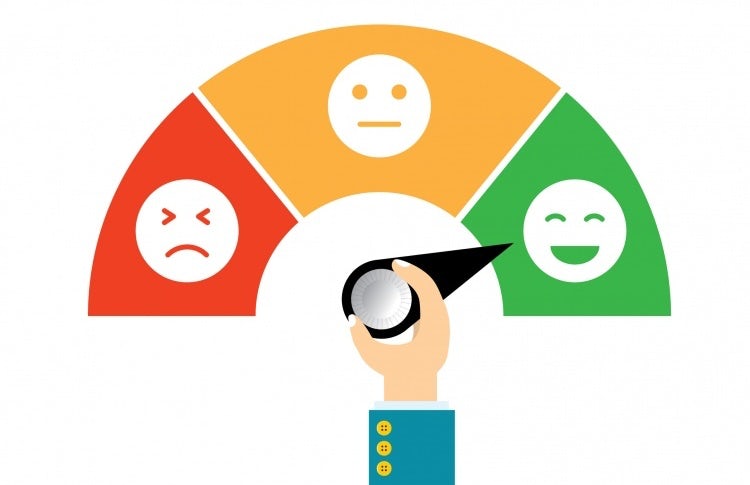Customer lifetime value (CLV) can be described as the total worth a customer will have to business throughout their relationship. CLV is considered one of the most critical factors when understanding a business’s current and future success. But how exactly should marketers use it?
Retaining a customer is far more profitable in the long run than acquiring a new one. A 5% rise in customer retention is deemed to equate to a 20% rise in profits. CLV focuses on finding, nurturing and maintaining existing customers. Understanding CLV helps provide insight into how companies should invest in keeping their customers. It helps a business to focus on the likes of customer experience and the products themselves.
Assessing CLV helps marketers understand which customers are most valuable, which channels to use to communicate with them and how to have a deeper understanding of customer segments. When thinking about using CLV, companies need to consider carefully the following:
CLV and ROI go hand in hand.
Companies are still failing to grasp the fact that ROI is a short-term metric. They always seem to believe that this should be their primary focus. It is, in fact, the case that the two parameters, ROI and CLV, need to work together. When marketers focus less on overall ROI and more on attracting the right types of customers, it is then that they see the highest rates of profit.

Focus on customer experience
One of the best ways to boost Customer Lifetime Value is to ensure that you deliver on customer satisfaction. Satisfied customers stay loyal and keep coming back. If a company knows which of their customers carry the highest levels of CLV, they can focus on putting in place extra measures to ensure these customers are given extra care and focus, should any problems arise while they are using the service. Look at it as special privileges for special customers. If a customer with low CLV experiences issues they do not need to be met with a high level of customer care to compensate for their bad experience. A valuable customer does.
Keep in mind the customer journey
To fully understand Customer Lifetime Value, marketers must have a finely-tuned knowledge of the customer journey. Through following the customer journey, we know what is essential to the customer and can allocate resources to bolster these experiences. Understanding the customer journey allows us to intervene with a high-value customer who is moving off the chart and re-engage with them.
Without the right data in place, it is challenging for marketers to measure CLV accurately. Allocating specific staff whose task it is to focus solely on CLV can prove valuable. It is vital to becoming aware of a customer’s value and in particular those who are more valuable than others.









